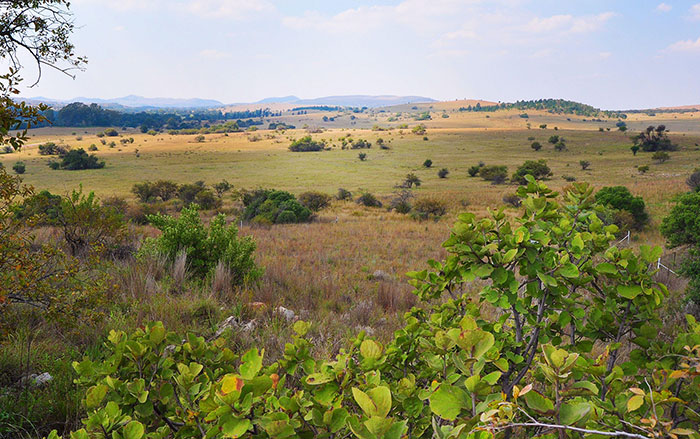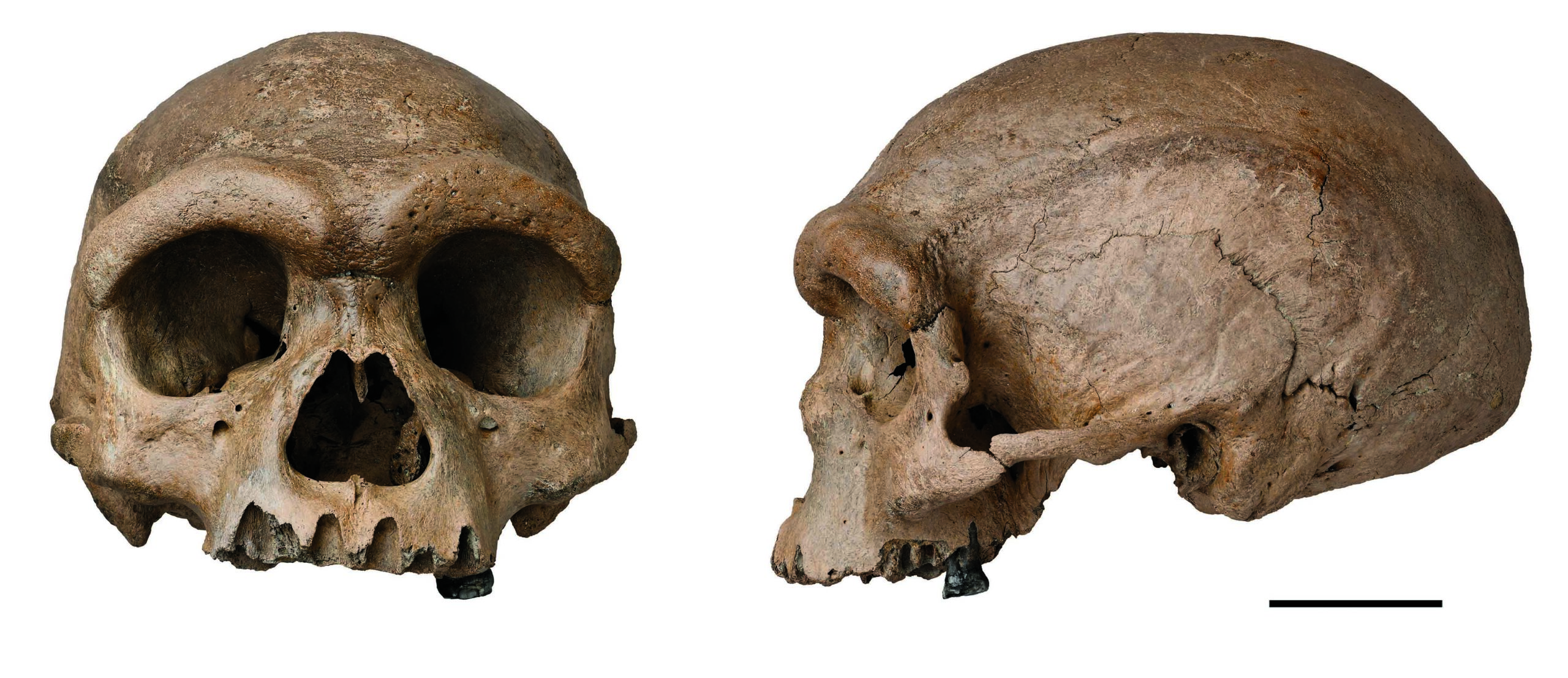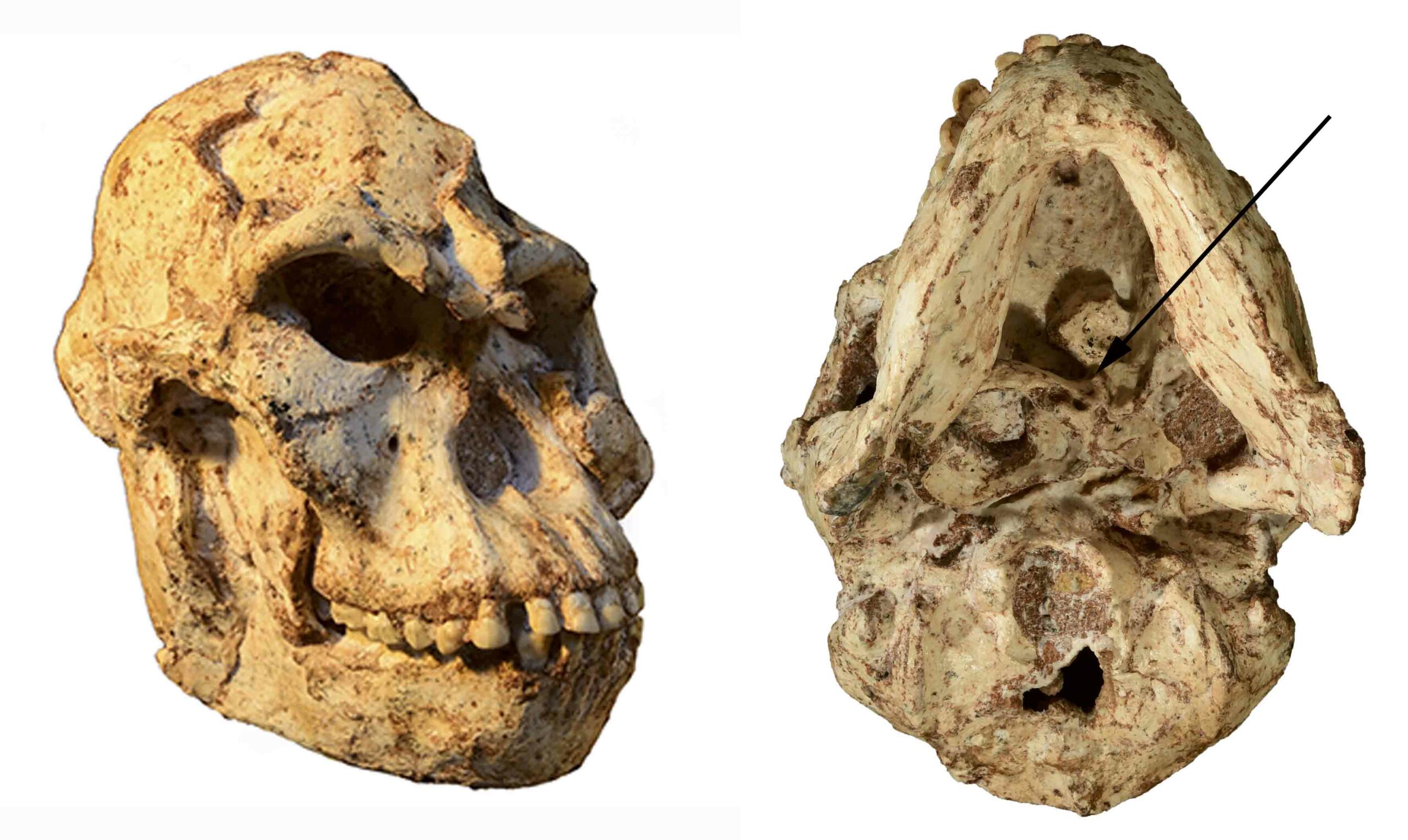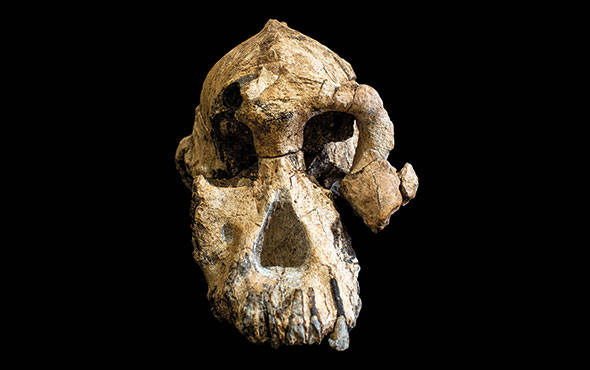MELBOURNE, AUSTRALIA—Grooves sometimes observed on the exposed roots of hominin teeth have long been interpreted as possible evidence of the use of sticks or fibers to clean teeth and gums. According to a report in The Conversation, similar grooves have been identified on the teeth of wild primates by a team of scientists led by Ian Towle of Monash University. The researchers analyzed more than 500 teeth from 27 living and extinct primate species—including gorillas, orangutans, macaques, colobus monkeys, and fossil apes—using microscopes, 3D scans, and tissue-loss measurements. Lesions were detected on about four percent of these wild primate teeth. Towle said that some of the lesions looked like “toothpick grooves,” with fine parallel scratches and tapering shapes. Shallow, smooth lesions, especially found on the front teeth, are thought to have been caused by eating acidic fruits. Towle and his colleagues suggest that wear from abrasive foods and grit—and even stripping vegetation with the teeth—could have produced the marks. Read the original scholarly article about this research in the American Journal of Biological Anthropology. To read more about comparisons between primate and hominin species, go to "Your Face: Punching Bag or Spandrel?"
Primate Teeth Study Raises Questions About Hominins' Use of “Toothpicks”
News October 7, 2025
Recommended Articles
Digs & Discoveries May/June 2022
Cradle of the Graves

Digs & Discoveries November/December 2021
China's New Human Species

Digs & Discoveries July/August 2020
Sticking Its Neck Out

Artifacts November/December 2019
Australopithecus anamensis Cranium

-
Features September/October 2025
Spirit Cave Connection
The world’s oldest mummified person is the ancestor of Nevada’s Northern Paiute people
 Howard Goldbaum/allaroundnevada.com
Howard Goldbaum/allaroundnevada.com -
Features September/October 2025
Here Comes the Sun
On a small Danish island 5,000 years ago, farmers crafted tokens to bring the sun out of the shadows
 Courtesy the National Museum of Denmark
Courtesy the National Museum of Denmark -
Features September/October 2025
Myth of the Golden Dragon
Eclectic artifacts from tombs in northeastern China tell the story of a little-known dynasty
 Photograph courtesy Liaoning Provincial Museum, Liaoning Provincial Institute of Cultural Relics and Archaeology, and Chaoyang County Museum
Photograph courtesy Liaoning Provincial Museum, Liaoning Provincial Institute of Cultural Relics and Archaeology, and Chaoyang County Museum -
Features September/October 2025
Remote Sanctuary at the Crossroads of Empire
Ancient Bactrians invented distinct ways to worship their gods 2,300 years ago in Tajikistan
 Gunvor Lindström/Excavations supported by the German Research Foundation
Gunvor Lindström/Excavations supported by the German Research Foundation



